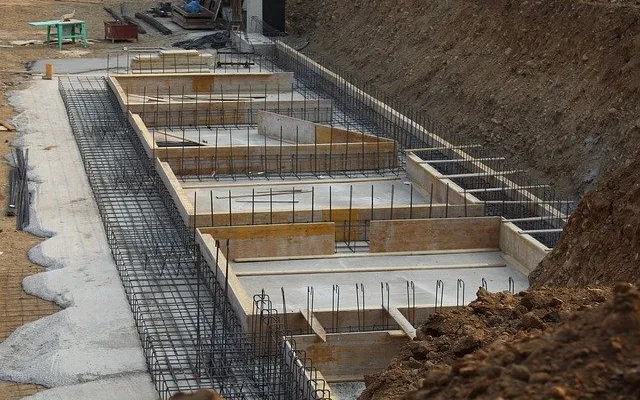The foundation is essential for a house. It is even the most crucial step in constructing a home because it is the foundation that supports the house. A poorly done foundation can cause a lot of damage. It is, therefore, important to do it right. What do you need to know about a foundation before building a house?
What Is the Purpose of a Home’s Foundation?
An excellent foundation is essential for any house construction. It is the base or bedrock on which the frame of a building rests. It is the foundation that holds and supports the building. The foundation protects a structure from water seepage through the basement, settlement, and structural cracks. A good foundation guarantees the solidity and stability of a house.
In fact, walls built on a good foundation will suffer fewer cracks and deterioration over the years. In contrast, a poorly constructed foundation can cause a lot of damage that can sometimes make the house uninhabitable in the long term or even cause loss of life.
Suppose the installation of the foundation is an essential step that preserves your work from any subsidence. In that case, its realization depends essentially on the type of ground and the frame of the house that you wish to build. For example, a tiny house will not have the same foundation as a large building.
The Need for a Soil Study
Before any foundation is built, a preliminary study is required to define the geological context of the soil that will support your home. This is called a soil survey. This study makes it possible to determine the type of ground to know which type of foundations to put in place. The soil study allows you to understand how to distribute the loads on the ground according to their composition, nature, or thickness.
Thanks to this study, you can know if your ground can support a building with modular architecture, for example. It allows us to calculate and define the depth and width of the foundation.
In addition to the soil survey, other related work is vital for constructing a foundation. The ground where the structure is to be built must be cleaned before the foundation is built. Next, the ground must be staked out. This consists of marking out the boundaries of the land. Surveyors and topographers usually do the staking work.
The topographers intervene in the realization of the topographic survey. This makes it possible to raise the general level of the ground with a leveling telescope. Once the soil survey is completed, the earthworks can be carried out if the land is safe. Specialists carry out the earthwork in structural work.
The Different Types of Foundations
The construction of a foundation depends on the quality of the building to be erected, the nature of the soil, and the reinforcement used. The different types of foundations are :
The Superficial Foundation
Still called the “sole” foundation, it is shallow and adapts to soils with an excellent bearing capacity. Generally, the shallow foundation is 50 cm to 1 m deep. It is ideally suited to light constructions.
The Semi-profound Foundation
It is generally 2 to 5 meters deep. The semi-deep foundation is suitable for constructions that require reinforced concrete slabs. It is very often used for renovation or extension works.
The Deep Foundation
It can reach a depth of 10 to 12 meters. This foundation uses piles instead of footings to get the hard ground at depth.



















